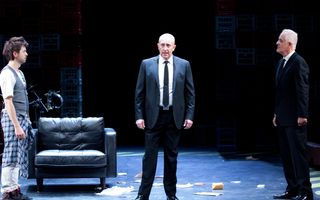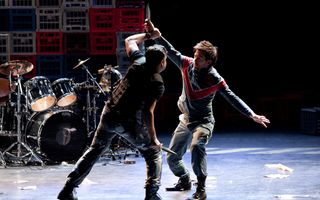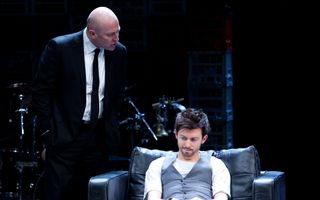 On Stage
On Stage
The usurpation of Richard II by Henry and his allies was the start of an extended period of instability for England. It created questions around the legitimacy of power that sowed the seeds for the Wars of the Roses and culminated in the rise to power of Richard III. Shakespeare devotes an incredible eight plays to this period so he evidently felt that the story was relevant to the Londoners of the late 16th Century. It is easy for us to forget that for Shakespeare and his audience this story, events, and characters were not ancient history.
Henry IV Parts 1 and 2 were written in 1596 and 1597, and frequently performed at court, at Whitehall and the Cockpit Theatre by Shakespeare’s own company of actors, the Lord Chamberlain’s men, before the construction of the Globe Theatre.
Shakespeare took as his sources Holinshed’s Chronicle and an old, anonymous play, The Famous Victories of Henry the Fifth. Sir John Falstaff quickly became one of the most famous comic characters in English literature, not only witty in himself, but encouraging wit in other men with his witty repartee.
In Shakespeare’s play, Falstaff was originally called Sir John Oldcastle, a real-life companion of the historical Prince Hal. The real Oldcastle was burned as a heretic and bore no resemblance to the character in the play. Shakespeare changed his name to Falstaff after complaints by Lord Cobham, a powerful courtier and descendant of Oldcastle.





